
Shop
EGT indicator 1 pointer
€64.00
Panel mount, Ø 57 mm front, Ø 51 mm rear, 375° – 925° C
Description
CHT/EGT TROUBLESHOOTING:
CHT and EGT No or LOW readings.
A. To check the sender
1.Make certain all connectors are clean and secure
2. Reverse connections
3. Disconnect sender from instrument, check the resistance of the sender. “J”
wire (CHT) is .375 ohms per foot. 4ft=1.5 ohms. “K” wire (EGT) is .625 ohms per
foot. 4ft=2.5 ohms.
To check the instrument. USE OHM meter for this test!
1.Disconnect the instrument from sender.
2. The resistance of the instrument (depending on the scale) will be between 8-
15 ohms.
3. You will also notice a needle deflection on the unit. (Analog ohmmeters)
WATER, OIL, AIR, and CARBURETOR TEMPERATURE
To check the senders.
Make certain all connections are clean and secure.
Disconnect the sender leads from the instrument.
Cool or heat the probe to a known temperature and check the resistance.
| Degree F | Ohms | Degrees F | Ohms |
| -20 | 49,500 | 120 | 1,130 |
| -10 | 35,500 | 130 | 915 |
| 0 | 25,500 | 140 | 745 |
| 10 | 18,700 | 150 | 615 |
| 20 | 13,800 | 160 | 507 |
| 30 | 9,800 | 170 | 422 |
| 40 | 7,840 | 180 | 348 |
| 50 | 5,970 | 190 | 296 |
| 60 | 4,600 | 200 | 251 |
| 70 | 3,570 | 210 | 210 |
| 80 | 2,780 | 220 | 178 |
| 90 | 2,190 | 250 | 113 |
| 100 | 1,750 | 300 | 57 |
| 110 | 1,400 | 400 | 16 |
To test the operation of the unit.
Disconnect the sender leads from the instrument.
Substitute the sender with a resistor of the appropriate value that you wish to
check, such as 615 ohms=150 deg. F
If the sender lead is shorted to ground, or if sender is shorted internally the meter
should peg full scale.
If sender is open (broken) the meter should peg hard to the left. Slight needle
movement to the left is normal when the temperature is below the starting point
of the instrument, with power on.
OIL, FUEL AIR PRESSURE and FUEL LEVEL
Follow the same procedure as for the temperature instruments above.
ALL 240 ohm type ~approx. ohm~
Minimum scale 30-240
Mid scale 90-100
Maximum scale 27-37
For capacitance type fuel senders and MM type pressure senders (four wire
connector) it is recommended to return the unit to the factory for a recheck.
DO NOT use a battery charger or water as a medium to calibrate the capacitance
type fuel probes, as this will make the instrument full scale.
DO NOT use a battery charger to bench check the MM type pressure senders,
as this will cause an erratic reading at best on the instrument.
THE PRINCIPLE OF A THERMOCOUPLE
The thermocouple measures the difference between the hot end (probe) and the
cold end (cold junction) and gives a precise millivolt output. The air temperature
on the cold junction will affect the millvolt output. An instrument calibrated at 70
deg. F. (If the probe end is at 1200 deg. F) and the cold junction is at 70 deg. F.
the reading will be correct. But if the cold junction is at 30 deg. F the reading will
be 40 deg. High and you will have to subtract that amount from your reading.
We calibrate our EGT and CHT instruments at 32 or 70 deg. F depending where
it is used, warm weather or cold weather conditions. This will reduce the amount
of error that is inherent in our self-powered thermocouple instruments.
Additional Information
| Weight | 0.1000 kg |
|---|


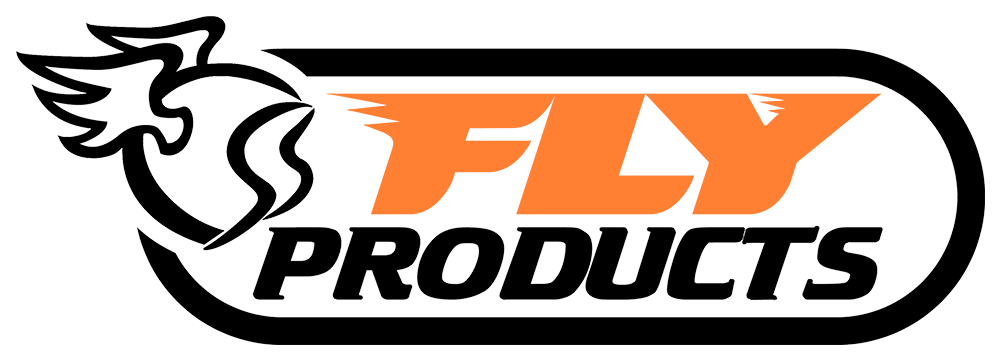
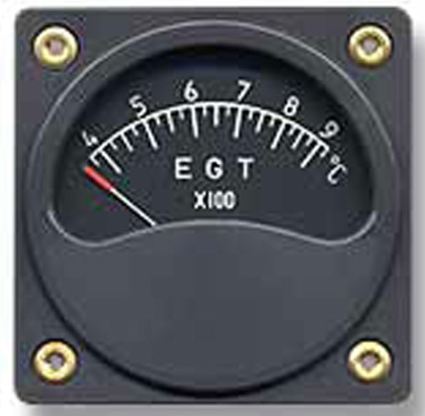
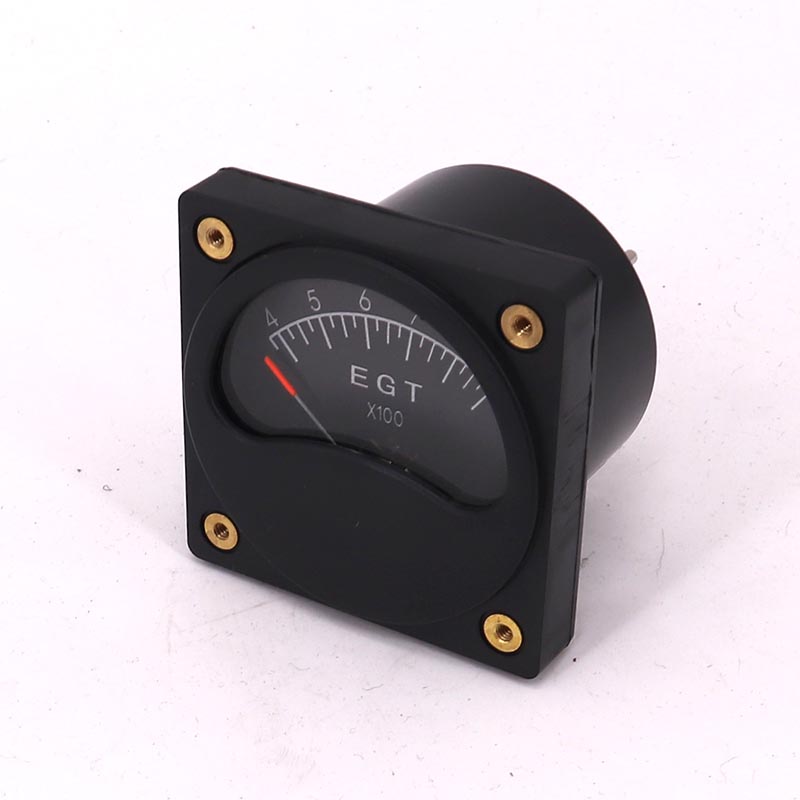
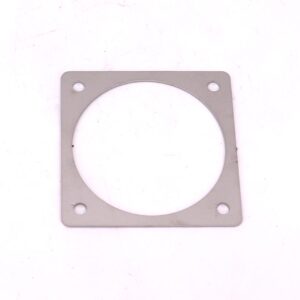

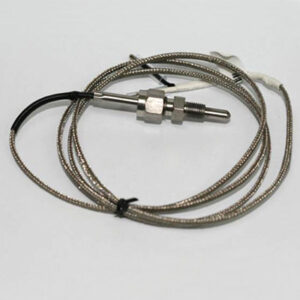
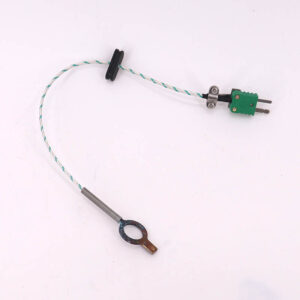
Reviews
There are no reviews yet.